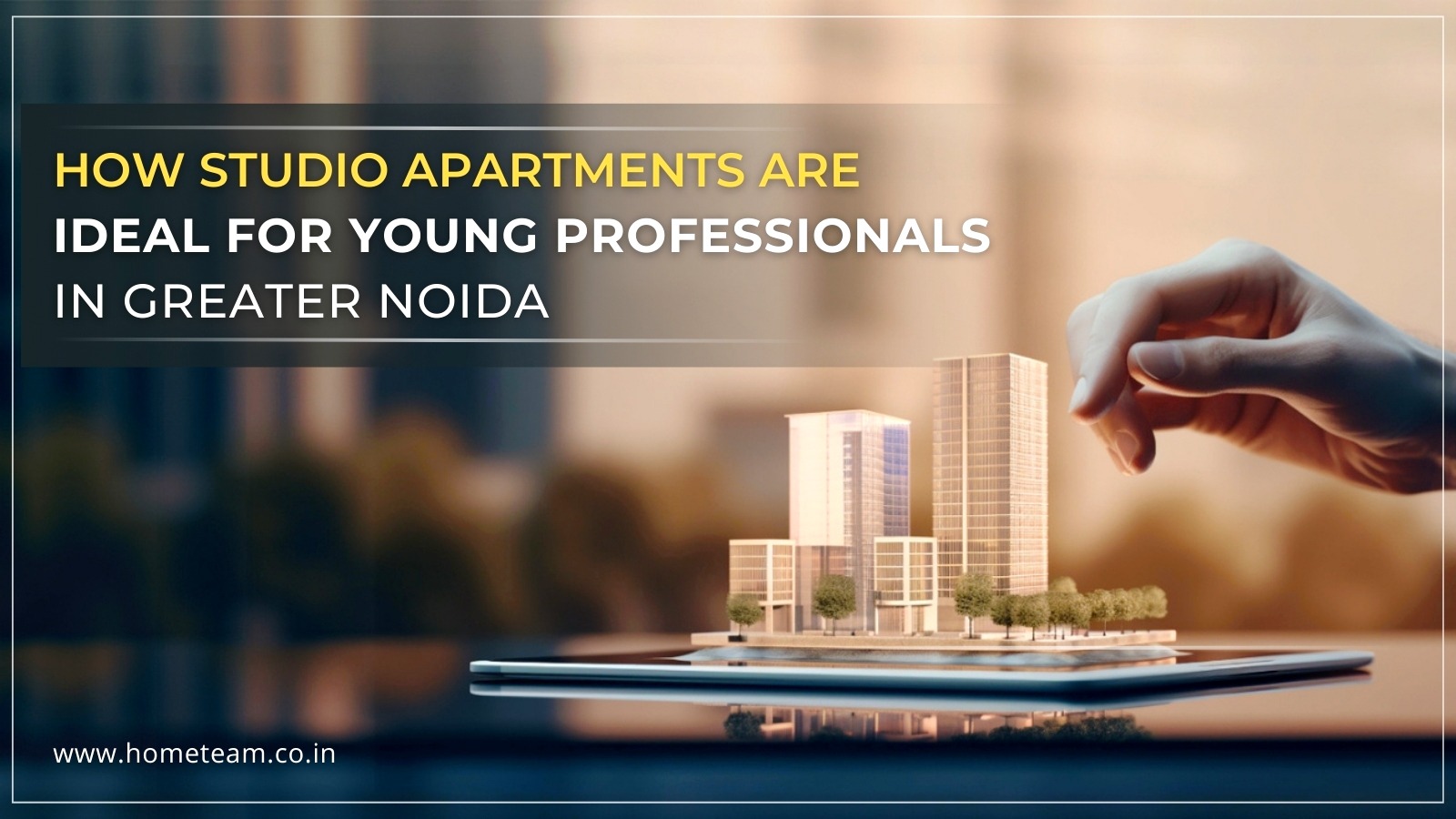Key Metrics for Evaluating Commercial Real Estate Investment Opportunities
Commercial real estate (CRE) can be a great way to build wealth over time. However, it is important to carefully evaluate any investment opportunity before making a decision. There are a number of key metrics that investors should consider when evaluating CRE investment opportunities.
Here are some of the most important metrics:
1. Capitalization rate (cap rate)
The cap rate is a measure of a property's income-generating potential. It is calculated by dividing the property's net operating income (NOI) by its purchase price. The cap rate is expressed as a percentage.
2. Cash on cash return
Cash on cash return is a measure of an investment's annual cash flow relative to the total cash invested. It is calculated by dividing the property's annual cash flow by the total cash invested. Cash on cash return is expressed as a percentage.
3. Debt-service coverage ratio (DSCR)
The DSCR is a measure of a property's ability to generate enough cash flow to cover its debt obligations. It is calculated by dividing the property's NOI by its annual debt service payments. The DSCR should be at least 1.25 to 1.50.
4. Occupancy rate
The occupancy rate is a measure of the percentage of a property's rentable space that is occupied by tenants. The occupancy rate should be at least 85% to 90%.
5. Lease term
The lease term is the length of time that a tenant is obligated to remain in a property. Longer lease terms provide investors with more stability and predictability.
6. Tenant quality
The tenant's financial strength and credit rating are important factors to consider. Investors should look for tenants with a good track record of paying rent on time.
7. Location
The location of a property is another important factor to consider. Investors should look for properties in desirable locations with good access to transportation and amenities.
8. Growth potential
Investors should consider the property's growth potential. This includes factors such as the area's population growth, economic growth, and development plans.
How to use these metrics to evaluate CRE investment opportunities
These metrics can be used to compare different CRE investment opportunities and to assess the overall risk and reward potential of each investment. For example, a property with a high cap rate and a low DSCR may be considered riskier than a property with a lower cap rate and a higher DSCR.
Investors should also consider their own investment goals and risk tolerance when evaluating CRE investment opportunities. For example, investors who are looking for a steady stream of income may prefer to invest in properties with long lease terms and high-quality tenants. Investors who are looking for higher returns may be willing to take on more risk by investing in properties with shorter lease terms or less desirable tenants.
Conclusion
By understanding and using these key metrics, investors can make more informed decisions about CRE investment opportunities.
Here are some additional tips for evaluating CRE investment opportunities:
Do your research: Learn as much as you can about the property, the tenant, and the surrounding area.
Get professional advice: Consult with a qualified real estate agent, property manager, and/or financial advisor before making an investment decision.
Be patient: Don't rush into an investment. Take your time to find the right property and negotiate the best possible deal.
By following these tips, investors can increase their chances of success in the commercial real estate market.
FAQs
This question seeks to provide an overview of the primary metrics that real estate investors should focus on when assessing potential investments. It can lead to answers involving metrics such as cap rate, cash-on-cash return, and internal rate of return (IRR).
This question delves into one of the most fundamental metrics in commercial real estate, the capitalization rate (cap rate). Responses would explain how the cap rate helps assess the property's potential profitability and risk, as well as its role in determining property value.
Here, the focus is on the cash-on-cash return, which is a crucial metric for understanding the cash flow generated from an investment. Answers should explain the formula and its importance in determining the cash flow relative to the initial investment.
This question explores the concept of IRR, a metric that takes into account the time value of money and provides insight into the overall return on investment. Answers would discuss how IRR considers the timing and magnitude of cash flows, making it a valuable metric for investment decision-making.
This question focuses on the DSCR, which is vital for assessing the property's ability to cover its debt obligations. Answers would detail how DSCR is calculated and its significance in determining the property's financial health and ability to generate income for investors.










